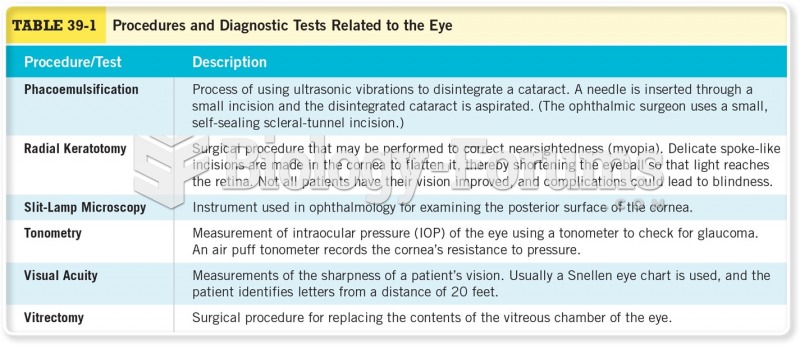Answer to Question 1
Fortunately, several researchers have conducted these experiments with police officers
as participants (Corral et al., 2007b Perches & Plant, 2006). In some of this research,
police officers have shown a similar bias to mistakenly shoot a black than white
target, and in some they have shown little or no racial bias in the decision to shoot.
Even in the studies in which the officers' decisions were not as racially biased,
however, racial bias was evident in the officers' response times, indicating that they
were quicker to decide to shoot armed black than white targets and slower to decide to
not shoot unarmed black than white targets. In addition, several studies have also found
that for both civilians and police officers, training designed specifically to curtail these
biases can be effective, at least to some degree. Reviewing all these studies, Joshua
Corral and others (2014) concluded that stereotypes certainly can alter perceptions
about the presence of weapons and the decision to shoot. In addition, even though
police officers are able to avoid these biases under testing conditions, when officers
must make these decisions under conditions of fatigue, high stress, and distractionthe
conditions officers often face when having to make real shoot-or-not decisionstheir
ability to overcome stereotype-based biases are compromised, thus increasing the
likelihood of the mistakes seen in the tragic incidents that sparked all this research.
Answer to Question 2
Stereotype threat can be reduced with a number of situational changes, some of which
are very minor. First, simply telling a test-taker that the task is not indicative of his or
her intellectual abilities can reduce stereotype threat. Second, encouraging students to
think of intelligence as malleable rather than fixed can make those students less
vulnerable to stereotype threat. Finally, simply asking students to think about the values
and interests that are very important to them (and that are not under threat) can reduce
the risk of them falling prey to stereotype threat on an assessment.







